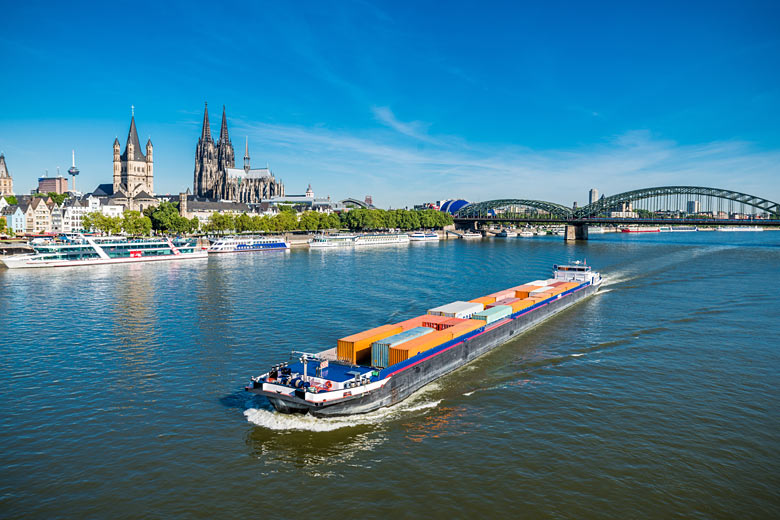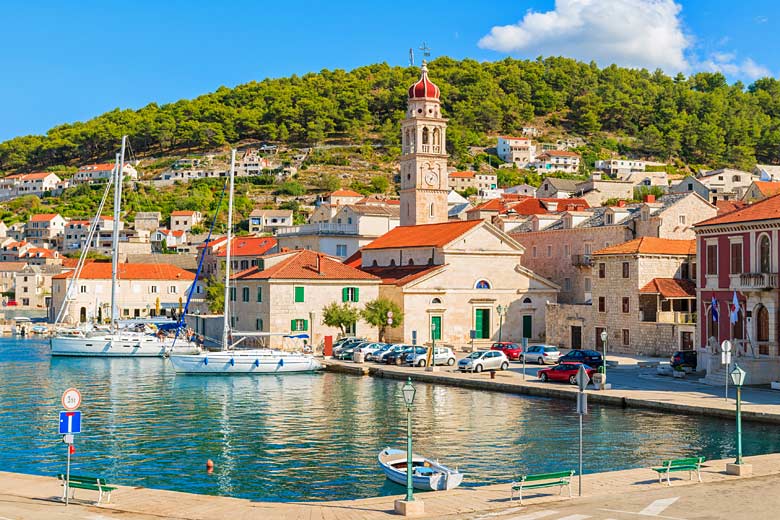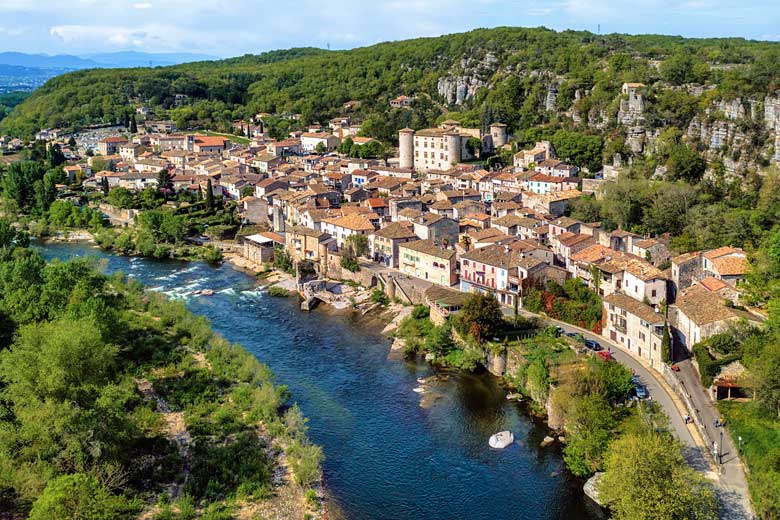What's the best season to visit Gran Canaria?
The capital of Gran Canaria, Las Palmas de Gran Canaria* (to give it its full title), was for many years considered to be the city with the best climate in the world thanks to its year-round temperate conditions.
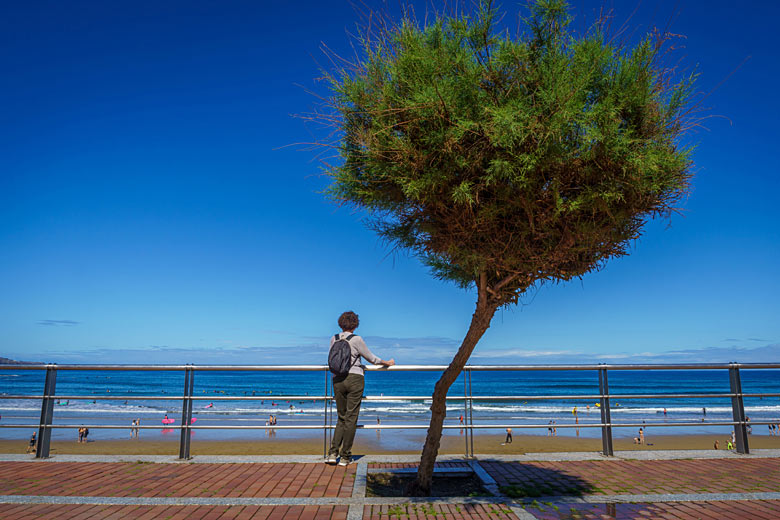
Indeed, Gran Canaria* has been given the moniker of the 'Island of Eternal Spring' for decades. And yet, it enjoys four wonderful seasons and, if you look closely, you'll spot spectacular seasonal changes. Canary Islands' specialist Ross Clarke gives us the lowdown on how to spend a year in paradise.
Getting to Gran Canaria: find great value holidays to Gran Canaria* from January to December when you book with TUI.
What's Gran Canaria like in spring?
It's rare to see a Canarian on the beach before Easter, although, for sun-starved northern Europeans, temperatures and sunshine mean that it is nice enough to top up your tan between March and May.
That said, spring is one of the best times to explore the interior of the island as it's not too hot to hike during the day and trees and flowers are in early bloom. The mountains hold the history of the island's original pre-Hispanic inhabitants and you can see their cave dwellings and settlements.
Try hiking to the Roque Bentayga, a soaring monolith that would be the native islanders' last stronghold. Or make for the Cueva Pintada Museum & Archaeological Park in Gáldar on the north coast, where you'll be able to take a tour of a perfectly preserved painted cave.
If you want to learn more about life on the island before the Spanish colonisers, stop by the Museo Canario in Las Palmas's old town of Vegueta.
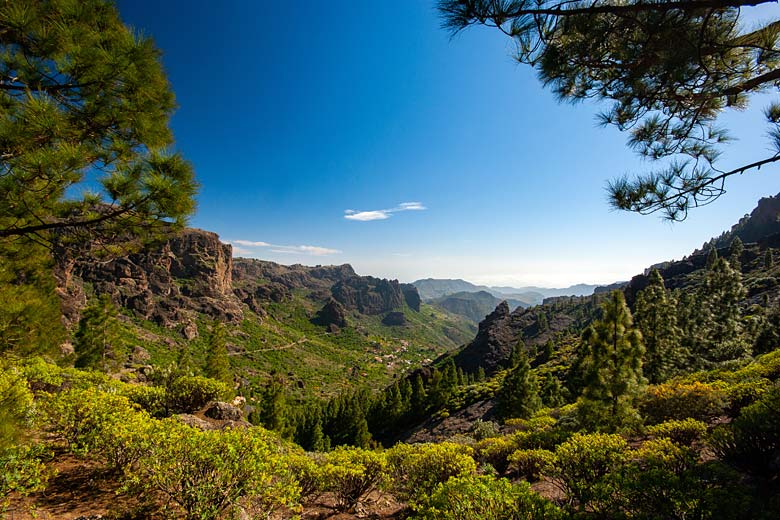
Spring is also a great time to do a spot of wine tasting. Viticulture and viniculture date back centuries in the Canaries and as phylloxera (the little vine blight that wiped out most of Europe's vines in the 1800s) never reached here, some of the vines and varieties are incredibly old.
To help you plan your wine tour, follow the new Ruta del Vino de Gran Canaria, which lists vineyards, bodegas, bars and restaurants where you can try local wines made from grapes such as Listán Blanco and Negramoll.
What to do in Gran Canaria in summer
It might seem obvious, but make the most of the long sunny days and balmy nights by heading to the beach. And in Gran Canaria, you're really spoiled for choice as the island has more than 80 to choose from.
While the dunes of Maspalomas* are famous for their miles of undulating sand, and for those looking for that all-over tan, head to one of the lesser-known coves for peaceful sunbathing, such as Patalavaca or Sardina del Norte.
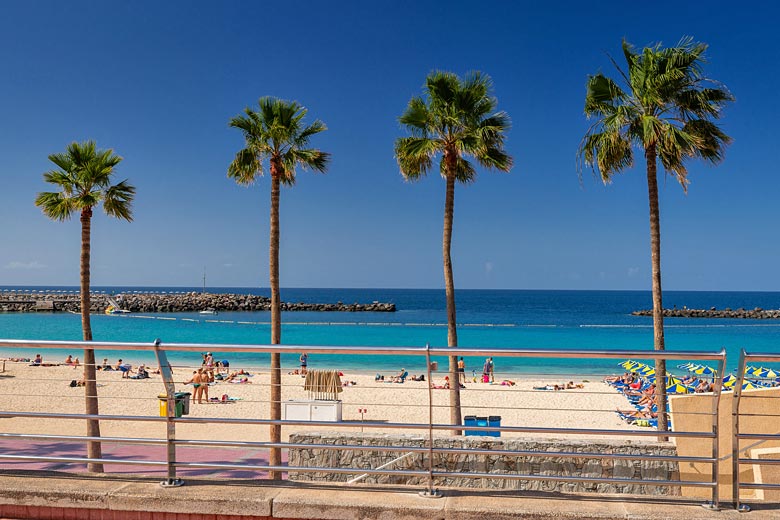
If you're staying in the capital, you've got the option of two city beaches including the glorious Las Canteras, which has a natural barrier reef, meaning calm, warm waters.
Looking for something a bit more active? Try your hand at surf school either in Las Palmas (the La Cícer end of Las Canteras) or at the famous surf hangout Pozo Izquierdo on the island's east coast, where the swells never seem to stop.
Summer's also a great time to try fresh local produce, and you'll find agriculture markets spring up in towns and villages across the island on the weekends. Thanks to the climate, pretty much anything grows in Gran Canaria including bananas, avocados, prickly pears and even coffee.
Try the small produce market in Artenara, the island's highest town by altitude. You'll also get a great view of the island's volcanic landscape too.
Things to do in Gran Canaria in autumn
With the nights still pleasant enough to enjoy a glass of wine outside, but the intense summer heat of the day subsided, autumn is another great time to explore the island.
The light at this time of year is particularly good for photographers with shadows casting a mystical ambience across the rugged terrain. The streets of Triana and Vegueta in Las Palmas are particularly dramatic in the golden glow of the evening.
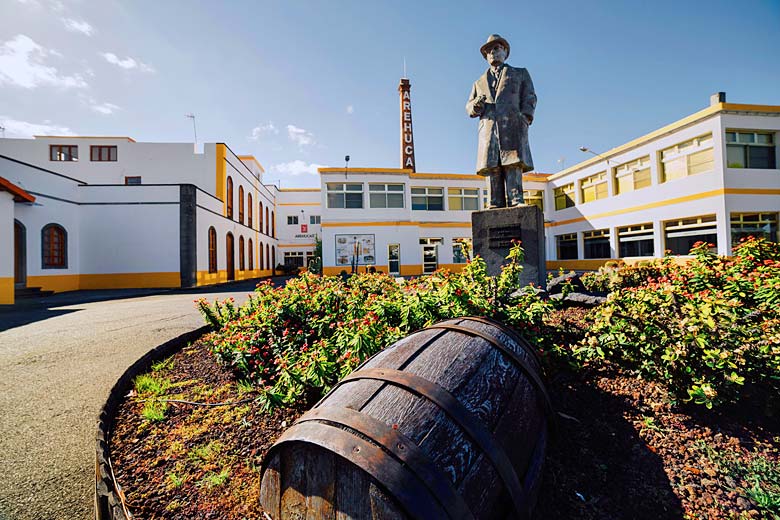
Rumour has it that Columbus took sugar cane from Gran Canaria to the Caribbean and that's where rum started. Whether you believe the tales or not, sugar cane has been grown here for centuries and has been made into rum for at least the last 140 years.
To find out more and, most importantly, to get a taste of the good stuff, make a stop at the Arehucas rum distillery in the town of Arucas, where they've been making 'ron' since 1884.
If you're on the island at the end of October, you might witness the festival of Los Finaos. On 31 October, people celebrate and commemorate deceased loved ones. They eat roasted chestnuts and dried fruits and tell stories and sing songs often accompanied by the timple, a small Canarian guitar.
What to do in winter in Gran Canaria
Many people flock to the Canary Islands* for winter sun, and it's true that the weather is often still good enough to sunbathe around the New Year. Winter is also a time of celebration with many festivals and fiestas including Christmas and Los Reyes (The Three Kings).
Stop by Las Canteras beach in Las Palmas in the run-up to the festivities to walk around the incredible nativity displays made out of sand. The towering sculptures are created every year and depict people and scenes from the Christmas story.
The annual carnival in February is a two-week-long event with parades, parties, competitions and spectacular shows. Carnivals here are the largest and most raucous after those in Rio, and there are no fewer than four carnival queens crowned.
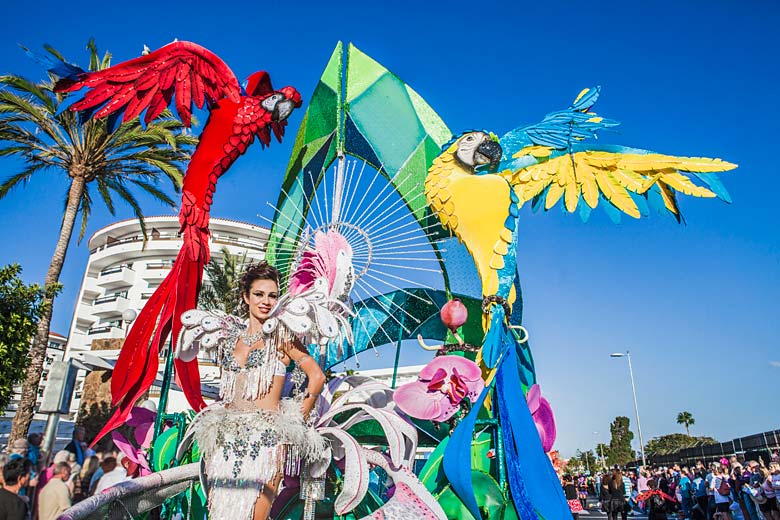
Each year has a specific theme, but people take the opportunity to show their creative side with elaborate costumes of all kinds. Don't miss the Entierro de La Sardina, where a giant papier-mâché sardine is set on fire, which marks the end of the carnival celebrations.
For a more tranquil time, head to the north of the island to witness the almond blossom, which covers the mountains with perfectly pink hues in January and February. Almonds have been grown here for a long time and many of the traditional cakes and sweet treats are made from the nuts harvested in late summer.
Visit the weekend market at Teror to sample delicacies such as mazapán (almond paste cake) and traditional galletas (biscuits).
Weather in Gran Canaria
| Jan | Feb | Mar | Apr | May | Jun | Jul | Aug | Sep | Oct | Nov | Dec | |
|---|---|---|---|---|---|---|---|---|---|---|---|---|
| Maximum daytime temperature °C |  19 19 |
 20 20 |
 21 21 |
 21 21 |
 22 22 |
 24 24 |
 26 26 |
 27 27 |
 26 26 |
 25 25 |
 22 22 |
 20 20 |
| Hours of sunshine (daily) | ||||||||||||
| Days with some rainfall |  4 4 |
 3 3 |
 3 3 |
 2 2 |
 1 1 |
 1 1 |
 0 0 |
 0 0 |
 1 1 |
 3 3 |
 4 4 |
 5 5 |
| Sea temperature °C |  19 19 |
 19 19 |
 19 19 |
 19 19 |
 20 20 |
 21 21 |
 22 22 |
 23 23 |
 23 23 |
 23 23 |
 22 22 |
 20 20 |
The above guide shows the weather in Las Palmas. Find out more about conditions across the island in our complete guide to the weather in Gran Canaria.
Ready to discover Gran Canaria? Check out the latest offers on holidays to Gran Canaria all year round with TUI.
More about Gran Canaria
- Overview
- Best time to visit
- Weather by month
- 5-day weather forecast
- Destinations
- Travel advice
- Deals & discounts
Gran Canaria by month
Jan Feb Mar Apr May Jun Jul Aug Sep Oct Nov Dec
Explore holidays in the sun for less
- Beach holidays
- Family holidays
- City breaks
- Summer holidays
- Winter sun holidays
- Holiday offers
- Top travel brands
- Airlines & flights
- Discount hotels
- Airport parking deals
- TUI
- Jet2holidays
- easyJet holidays
- Love Holidays
- January sales
Airport parking
- Manchester Airport
- Stansted Airport
- Bristol Airport
- Luton Airport
- Birmingham Airport
- Edinburgh Airport
- Gatwick Airport
- Glasgow Airport
- Newcastle Airport
Airport lounges
- Manchester Airport
- Birmingham Airport
- Bristol Airport
- Edinburgh Airport
- Glasgow Airport
- Heathrow Airport
- Newcastle Airport
- Stansted Airport
- Gatwick Airport
Be inspired
Get your weekly fix of holiday inspiration from some of the world's best travel writers plus save on your next trip with the latest exclusive offers
We promise not to share your details
















